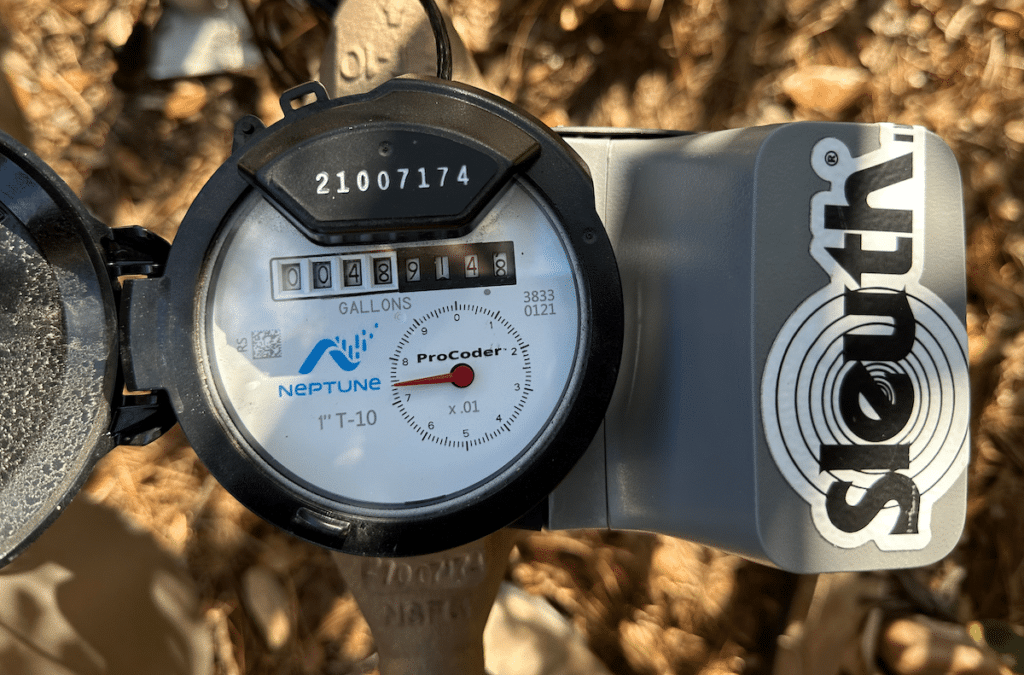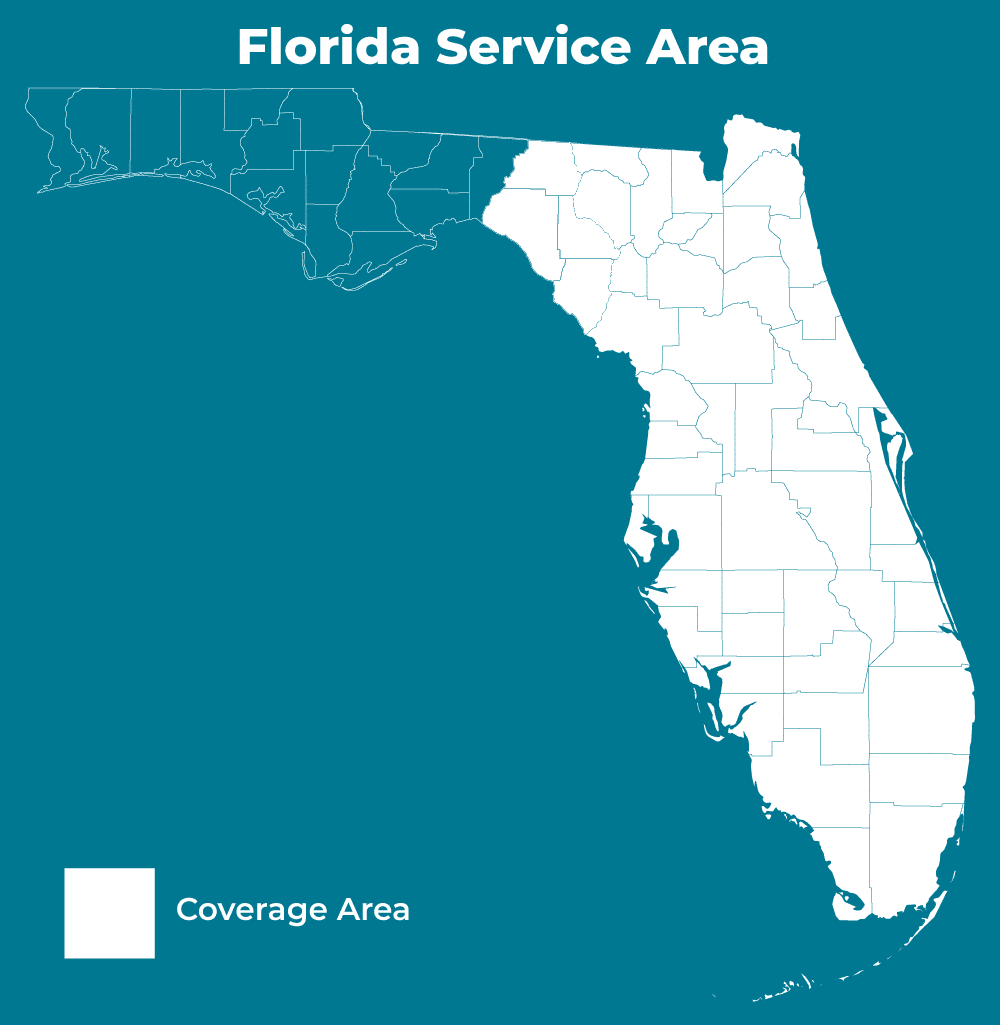Your home’s water meter is more than just a utility device; it’s a valuable tool that can help you identify water leaks early, saving you money and preventing property damage. Today, we’ll guide you through the process of reading your water meter and understanding its readings to detect potential leaks like a seasoned professional.
How to Read Your Water Meter
Before we dive into detecting leaks, let’s start with the basics. Here are the steps:

1. Locate Your Water Meter: Typically, they’re located near the curb or property line, often inside a concrete or plastic box with a removable lid. In some cases, it may be inside your home.
2. Open the Lid: If your water meter is in a box, use a tool like a screwdriver to gently pry open the lid. Be careful not to damage the meter or its components.
3. Examine the Display: The display consists of numbers, dials, or digital readouts. Take note of the reading, which indicates your current water usage.
4. Wait: To obtain an accurate reading, refrain from using water for a specific period, preferably several hours or overnight.
5. Record the Reading: After the waiting period, check the water meter again and record the new reading.
Detecting a Water Leak from Your Meter Reading
Now it’s time to determine if your water usage suggests a potential leak:
1. No Change in Reading: If the readings remain identical after your waiting period and no one used water during that time, it’s a positive sign that you have no significant leaks.
2. Continuous Increase: If the meter reading steadily increases even when no water is being used, it likely indicates a leak somewhere in your plumbing system.
3. Intermittent Increase: In some cases, you may notice intermittent increases in the reading, suggesting a smaller or periodic leak.
4. Check for Faucet or Fixture Leaks: If the reading increases but not dramatically, it’s possible that a faucet or fixture is slowly dripping. Check for visible leaks and repair or replace any faulty components.
5. External Check: Inspect your property for any signs of water pooling, dampness, or waterlogged areas, as these can also indicate a leak.
What to Do If You Suspect a Water Leak
If your meter reading suggests a water leak, or if you notice any other signs of a leak, follow these steps:
1. Locate the Source: Try to identify the source of the leak by checking visible pipes, faucets, fixtures, and appliances.
2. Shut Off the Water: Turn off the main water supply to your home to prevent further water loss and potential property damage.
3. Professional Inspection: Contact the leak detection and plumbing professionals at Sleuth Leak Detection to locate and repair the leak accurately.
4. Prompt Repairs: Address the leak promptly to prevent further damage and minimize water wastage.
Your water meter is a valuable tool for detecting water leaks and conserving water. Regularly reading your water meter and being vigilant for signs of leaks can save you money on water bills and prevent property damage. If you suspect a water leak, don’t hesitate to reach out to the real pros at Sleuth Leak Detection. Early intervention can make a significant difference in preventing costly repairs and preserving our precious water resources.


